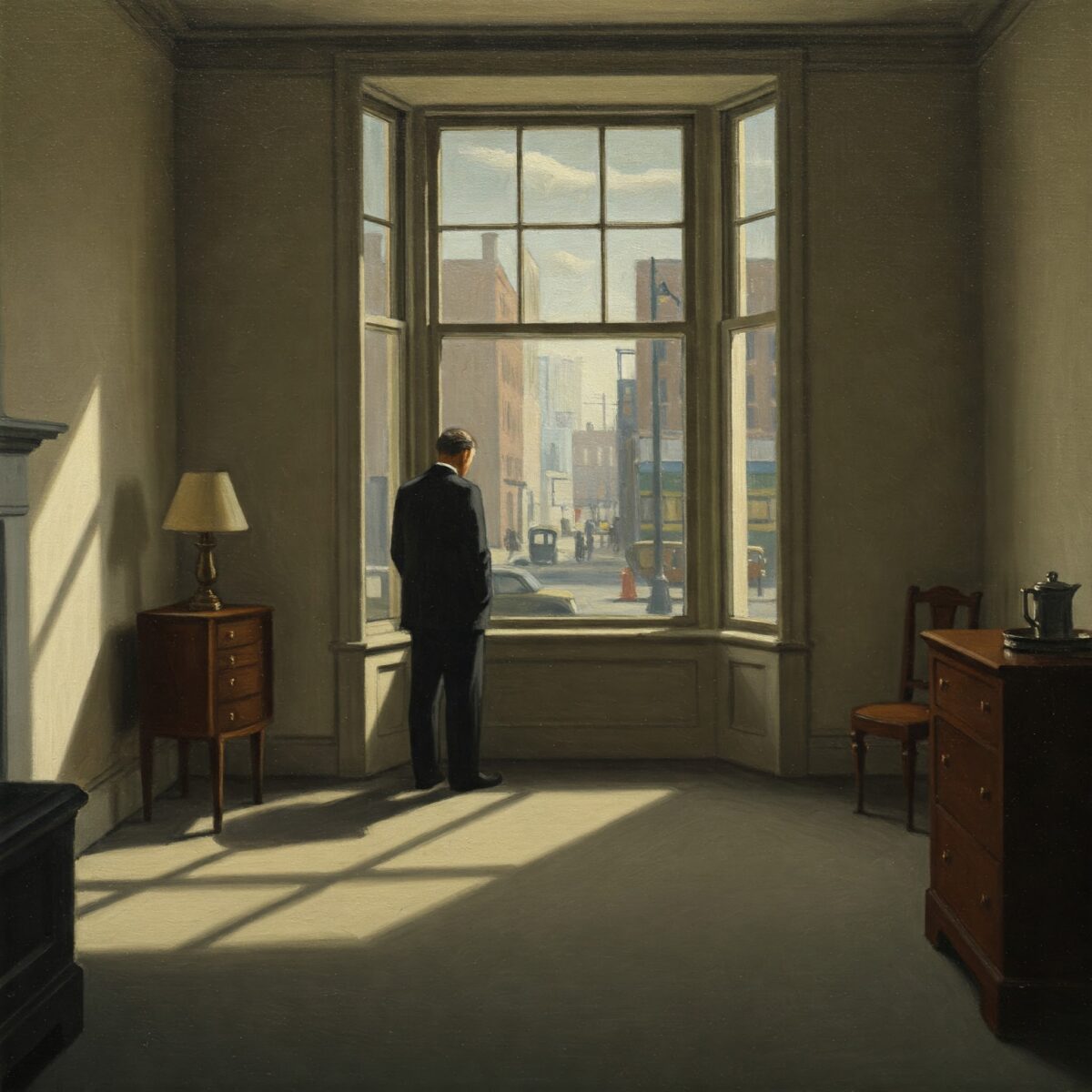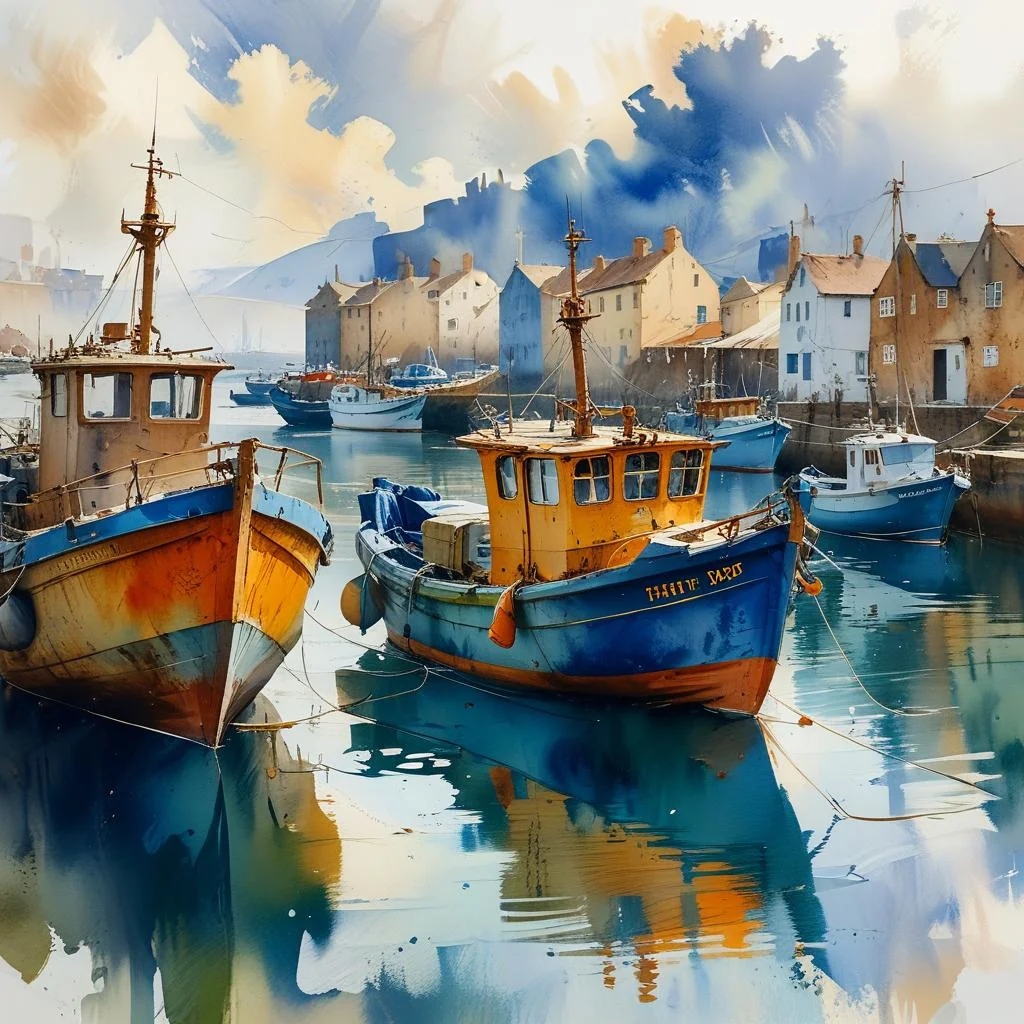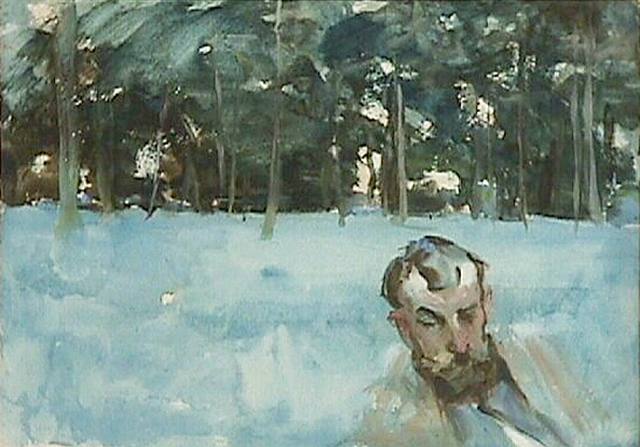Imagine stepping into a world where the silence is as thick as the paint itself, where every window holds a story whispered in light and shadow. That’s the power of Edward Hopper, an artist who didn’t just paint America, he bottled its very soul. Forget simple landscapes; Hopper’s canvases are portals, each scene a carefully staged moment of profound, often unsettling, quiet. You don’t just see his iconic urban diners or sun-drenched rural houses, you feel the weight of unspoken narratives, the stark beauty of isolation. These aren’t just pictures; they’re living, breathing moments ripped from the heart of a changing America, instantly recognizable and deeply moving – like stepping directly into one of his mesmerizing Edward Hopper paintings.
Key Points:
- Edward Hopper lived from 1882 to 1967, experiencing America through two World Wars and the Great Depression
- His distinctive style combines realism with psychological depth, creating emotionally charged scenes
- Hopper’s most famous works include “Nighthawks,” “Gas,” and “Rooms by the Sea”
- His paintings often explore themes of isolation, contemplation, and the relationship between humans and their environments
- Hopper’s influence extends beyond art into film, photography, and popular culture
The Life and Development of Edward Hopper
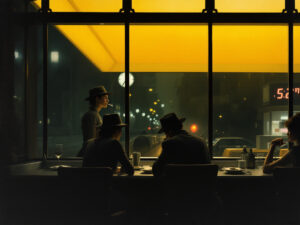
Edward Hopper’s journey as an artist began in the classrooms of New York, where he studied at the New York School of Art. These early educational experiences provided him with the technical foundation that would later support his unique artistic vision. After completing his formal education, Hopper worked as a commercial illustrator to support himself financially while continuing to develop his personal artistic practice.
Between 1906 and 1910, Hopper made three extended visits to Paris, which proved pivotal in his artistic development. During these European sojourns, he absorbed the influence of French Impressionism and the works of artists like Édouard Manet, while developing his own approach to capturing light and environment. Rather than simply adopting European styles, Hopper synthesized these influences with his distinctly American perspective.
Upon returning to New York, Hopper established himself as a chronicler of the modern urban experience, though commercial success didn’t come immediately. In 1913, he sold his first painting, “Sailing” (1911), at the groundbreaking Armory Show. However, it would be over a decade before he sold another painting, a period during which he focused primarily on etchings, drawings, and watercolors.
Edward Hopper Paintings: Style and Technique
Hopper’s artistic style is characterized by a deceptive simplicity that belies the emotional depth and technical sophistication of his work. His paintings fall within the realm of American realism, yet they transcend straightforward documentation to offer a more evocative look at life in America between the World Wars.
Mastery of Light and Shadow
Through a masterful use of light and shadow, Hopper created dramatic visual effects that heighten the emotional impact of his scenes. His compositions often feature stark contrasts between illuminated areas and deep shadows, creating a sense of psychological tension that animates otherwise static scenes. This dramatic lighting became one of his most recognizable stylistic signatures, transforming ordinary settings into emotionally charged environments.
Distinctive Composition
Hopper’s approach to composition was equally impactful. He frequently employed unconventional viewpoints and cropping techniques that create a sense of voyeuristic observation, as if the viewer has stumbled upon a private moment. Windows feature prominently in his work, serving as both compositional elements and powerful metaphorical devices. In his mature paintings, Hopper exploited the window’s potential to merge urban facades with views into private lives, creating visual narratives that invite speculation about the inner worlds of his subjects.
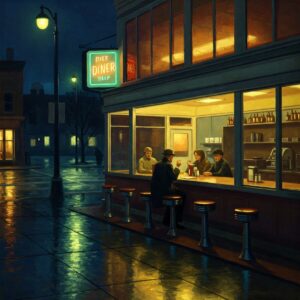
Color and Brushwork
The artist’s palette is characterized by its clarity and precision, with colors that are vibrant yet controlled. Even in his most emotionally resonant works, Hopper maintained a certain coolness and restraint in his handling of color. His brushwork similarly balances expressiveness with control, creating surfaces that direct attention to the subject matter rather than to the painter’s hand.
Thematic Explorations in Hopper’s Paintings
No artist captured the isolation of the individual within the modern city like Edward Hopper. Throughout his career, Hopper returned repeatedly to themes of solitude, alienation, and the psychological complexities of modern life.
Urban Isolation
Hopper’s paintings frequently depict individuals who appear disconnected from their environments, separated either literally by glass windows or metaphorically through formal means. These solitary figures serve as manifestations of the artist’s focus on the existential solitude that characterized modern urban existence. Even in scenes containing multiple figures, Hopper often emphasizes their psychological distance from one another, creating a palpable sense of disconnection that resonates with viewers’ own experiences of modern life.
“If you could say it in words, there would be no reason to paint.”
Edward Hopper
Public vs. Private Spaces
The tension between public and private spaces emerges as another significant theme in Hopper’s work. His paintings frequently explore the boundary between these realms, depicting moments of vulnerability or introspection within public or semi-public settings. In works featuring hotel rooms, restaurants, theaters, and offices, Hopper examines how individuals carve out moments of privacy within public spaces, or conversely, how public scrutiny intrudes upon private moments.
The Changing American Landscape
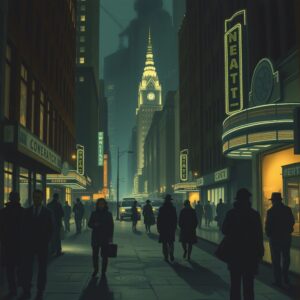
Hopper’s work also engages with the changing nature of the American landscape, both urban and rural. His urban scenes document the evolution of the American city during a period of rapid development, while simultaneously expressing ambivalence about the impact of modernization on human experience. Similarly, his rural and coastal landscapes explore the relationship between traditional American landscapes and the encroachment of modern development.
Iconic Edward Hopper Paintings
Nighthawks (1942)
Among Hopper’s most celebrated works is “Nighthawks” (1942), which has become an iconic representation of urban alienation in American art. This painting depicts four figures in a downtown diner late at night, viewed through a large plate-glass window that separates the illuminated interior from the darkened street. The composition emphasizes the stark contrast between the brightly lit diner and the empty, shadowed street outside, creating a sense of isolation despite the presence of multiple figures.
Gas (1940)
“Gas” (1940) represents another of Hopper’s significant achievements, depicting a lone gas station attendant at dusk on a rural highway. The painting captures a moment of transition—between day and night, between the human-made environment and the natural world, between civilization and wilderness. The composition juxtaposes the bright, artificial light of the gas station against the deepening twilight of the surrounding landscape, creating a sense of both shelter and vulnerability.
Rooms by the Sea (1951)
“Rooms by the Sea” (1951) presents a more surreal aspect of Hopper’s vision, showing a doorway that opens directly onto the ocean without any intervening beach or pathway. This dreamlike quality suggests both freedom and danger, perfectly capturing the ambivalence that permeates much of Hopper’s work. The stark sunlight creates geometric patterns on the floor and walls, highlighting the contrast between the domestic interior and the vast expanse of water.
Chop Suey (1929)
“Chop Suey” (1929) captures the social dynamics of New York City in the 1920s, depicting two women seated at a table in a Chinese restaurant. The scene embodies Hopper’s interest in the experience of being alone in a public space, with the main woman facing the viewer while her companion is seen from behind. The light streaming through the windows creates a characteristic Hopper atmosphere, illuminating the scene with vivid colors that heighten the emotional impact.
Major Works by Edward Hopper
| Painting | Year | Description | Key Theme |
|---|---|---|---|
| Nighthawks | 1942 | Four figures in a late-night diner | Urban isolation |
| Rooms by the Sea | 1951 | Doorway opening directly to ocean | Liminality and transition |
| Morning Sun | 1952 | Woman sitting on bed in sunlight | Introspection and solitude |
| Gas | 1940 | Lone attendant at rural gas station | Modernization of America |
| Chop Suey | 1929 | Two women in Chinese restaurant | Social dynamics in public spaces |
| Early Sunday Morning | 1930 | Row of storefronts without people | Quiet urban moments |
| Hotel By A Railroad | 1952 | Couple emotionally distant in hotel room | Isolation within relationships |
Hopper’s Vision of Urban America
New York City served as Hopper’s home for nearly six decades (1908-1967), spanning his entire mature career and providing a consistent source of inspiration for his work. However, Hopper’s New York is not an exacting portrait of the twentieth-century metropolis with its skyscrapers and bustling streets. Despite the tremendous development that occurred during his lifetime, Hopper’s depictions of New York remained human-scale and largely unpopulated.
Eschewing the city’s iconic skyline and picturesque landmarks such as the Brooklyn Bridge and the Empire State Building, Hopper instead turned his attention to utilitarian structures and out-of-the-way corners. He was drawn to the awkward collisions of new and old, civic and residential, public and private that captured the paradoxes of the changing city. Works such as “Early Sunday Morning” and “Roofs of Washington Square” demonstrate his interest in the unspectacular aspects of urban architecture and the quieter moments of city life.
Hopper’s Rural and Coastal Landscapes
While Hopper is often associated with urban subjects, his rural and coastal landscapes constitute an equally significant portion of his work. Beginning in 1934, Hopper maintained a second home and studio in Cape Cod, which became a major source of inspiration. The distinctive architecture, luminous quality of light, and sparse landscape of coastal New England provided Hopper with subjects that complemented his urban scenes while exploring similar thematic concerns.
His coastal paintings often focus on the intersection of natural and built environments, exploring how traditional architectural forms relate to their surrounding landscapes. Works like “Cape Cod Evening” (1939) and “The Long Leg” (c.1930) examine isolated structures within sparsely populated settings, creating a sense of both permanence and vulnerability.
Influence and Legacy
Edward Hopper’s distinctive vision has exerted a profound influence on American art and broader cultural expression. His work bridges the interest in everyday life exhibited by the Ashcan School and the exploration of mood by later existential artists, establishing a vital link in the development of American modernism.

Hopper’s influence extends beyond the fine arts into popular culture, particularly in cinema. His cinematic compositions, dramatic lighting, and narrative suggestiveness have inspired countless filmmakers, from Alfred Hitchcock to Wim Wenders to David Lynch. The “Hopper aesthetic” has become shorthand for a particular type of visual storytelling that emphasizes mood, isolation, and psychological tension.
Perhaps most significantly, Hopper’s artwork consistently invites viewer participation in completing its narratives. By presenting part of a story with suggestive but inconclusive visual elements, he forces viewers to draw upon their own experiences and imagination to interpret the scene. This approach anticipated later postmodern concerns with the role of the viewer in constructing meaning, establishing Hopper as an important transitional figure in American art.
Edward Hopper’s paintings continue to resonate with audiences today, offering a visual language for exploring the complexities of modern experience. Through his patient attention to the overlooked aspects of American life, Hopper constructed a body of work that captures essential truths about human existence while maintaining its distinctive personal perspective.
FAQ About Edward Hopper Paintings
What is Edward Hopper’s most famous painting?
“Nighthawks” (1942) is generally considered Hopper’s most famous work. The painting depicts four figures in a downtown diner late at night and has become an iconic image of urban isolation in American culture.
What artistic style is Edward Hopper known for?
Edward Hopper is known for his realistic style that falls within the movement of American Realism. However, his work transcends simple realism by incorporating psychological depth and emotional resonance that gives his paintings their distinctive character.
How did Edward Hopper influence American art?
Hopper influenced American art by developing a distinctive vision that combined technical mastery with psychological insight. His work bridges various artistic movements and has influenced subsequent generations of painters, photographers, and filmmakers with its cinematic compositions and exploration of modern themes.
What themes did Edward Hopper explore in his paintings?
Hopper primarily explored themes of isolation, solitude, contemplation, and the relationship between individuals and their environments. He was particularly interested in the tension between public and private spaces and the psychological experience of modern urban life.
Why are Edward Hopper’s paintings still relevant today?
Hopper’s paintings remain relevant because they capture universal human experiences of isolation, loneliness, and contemplation that continue to resonate in our increasingly digital and disconnected world. His visual language offers a way to understand and express these complex emotional states.
Resources:

